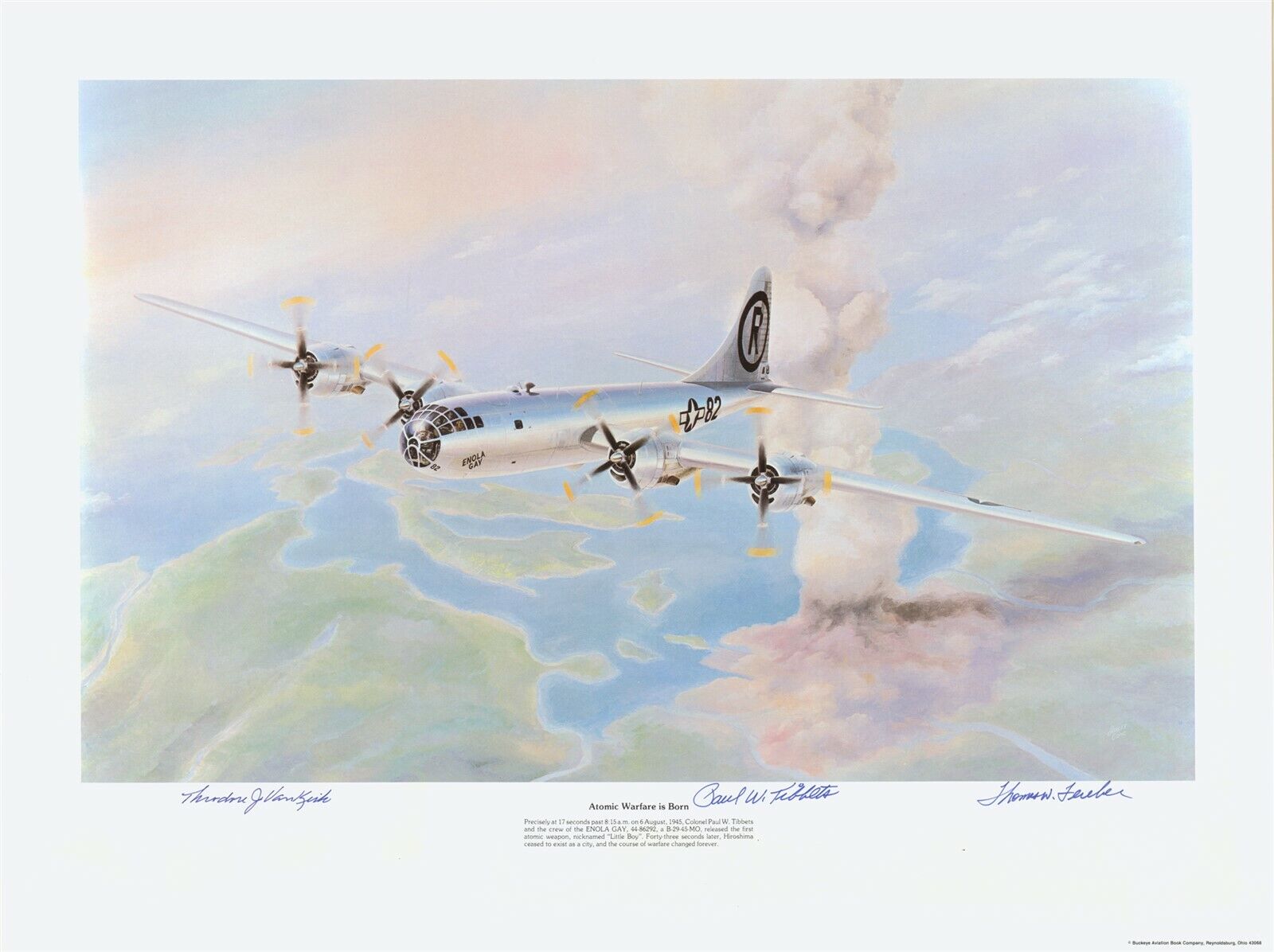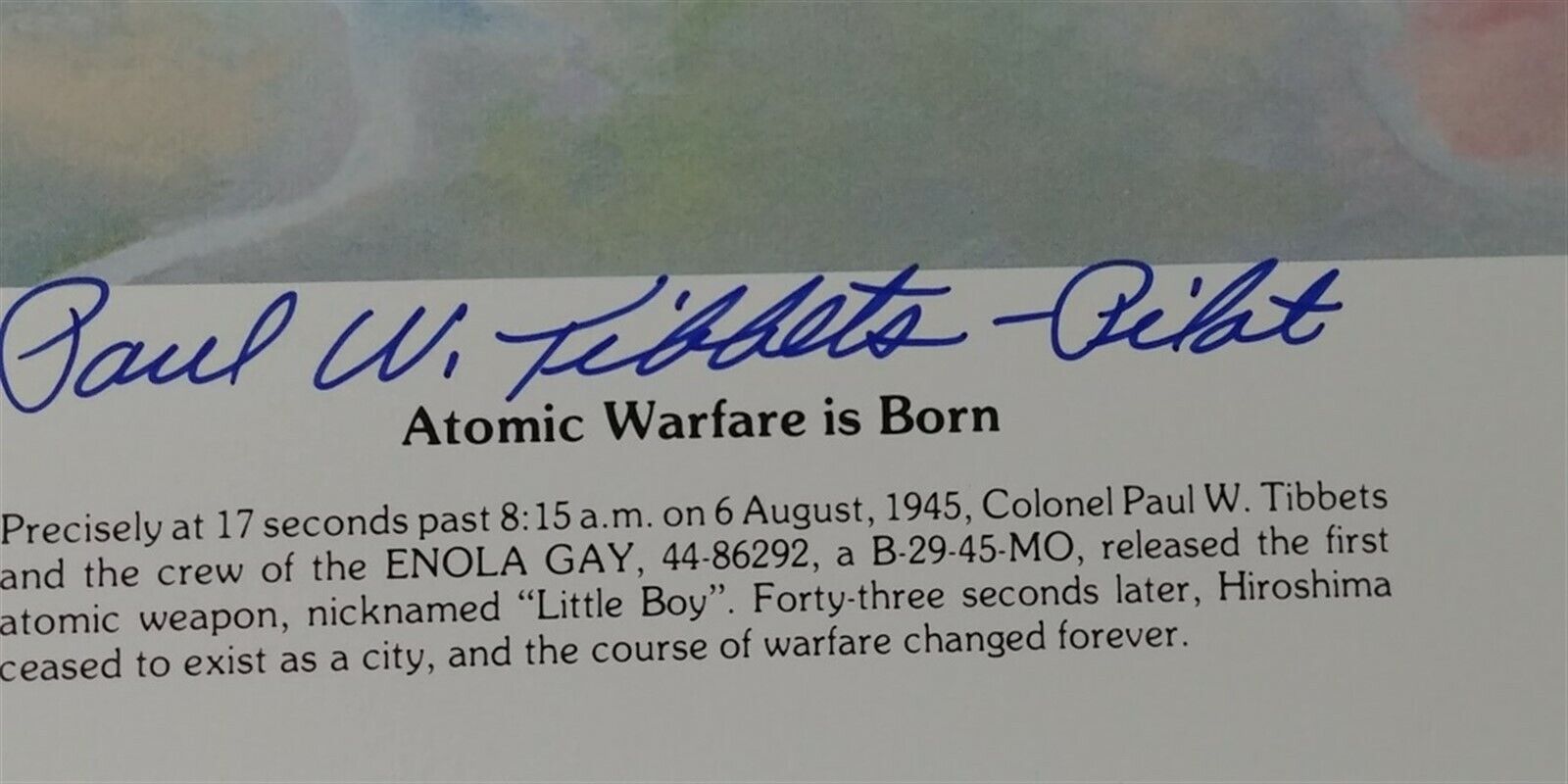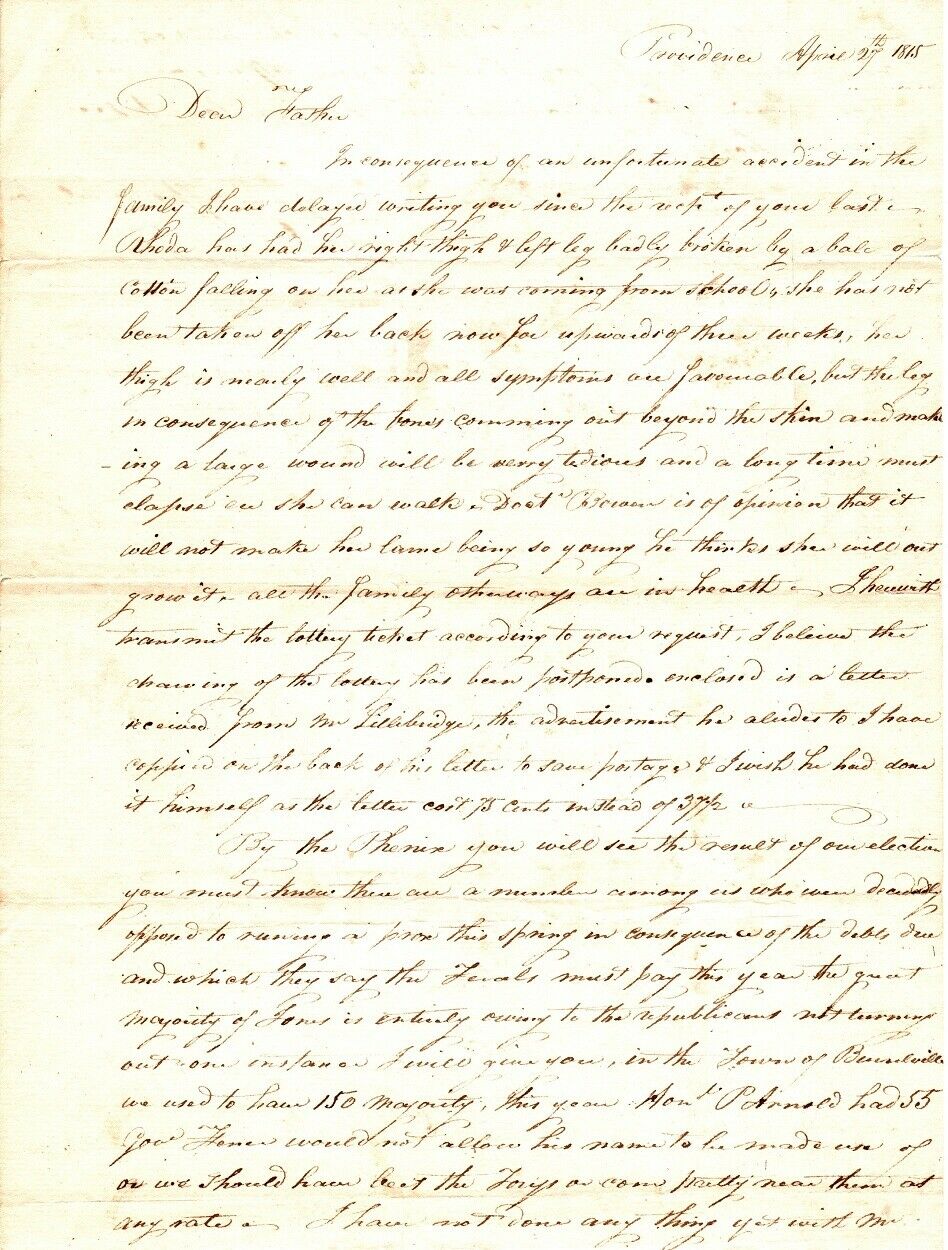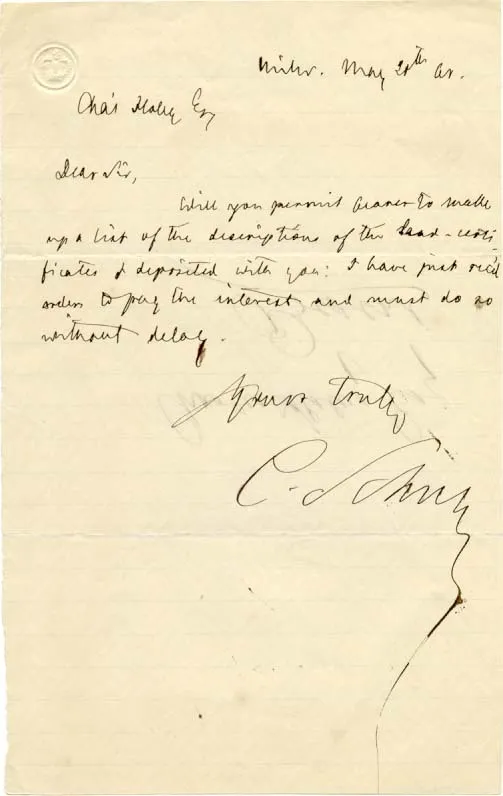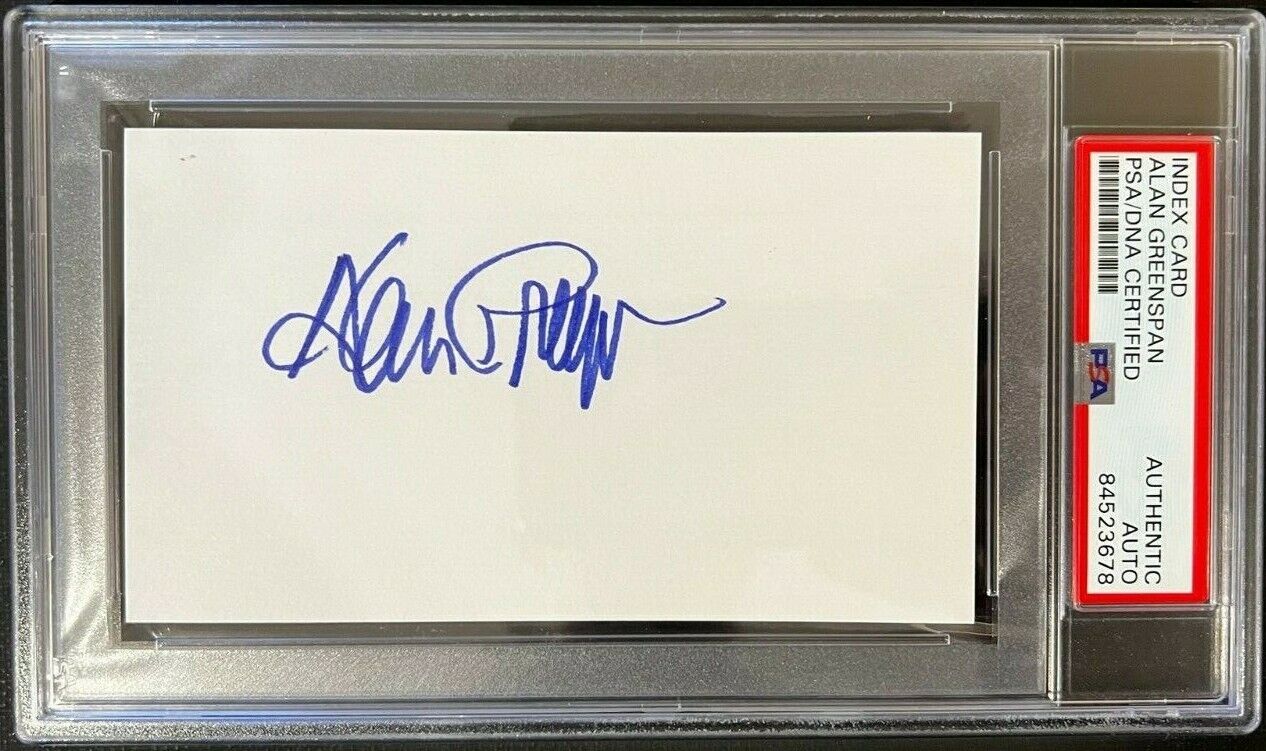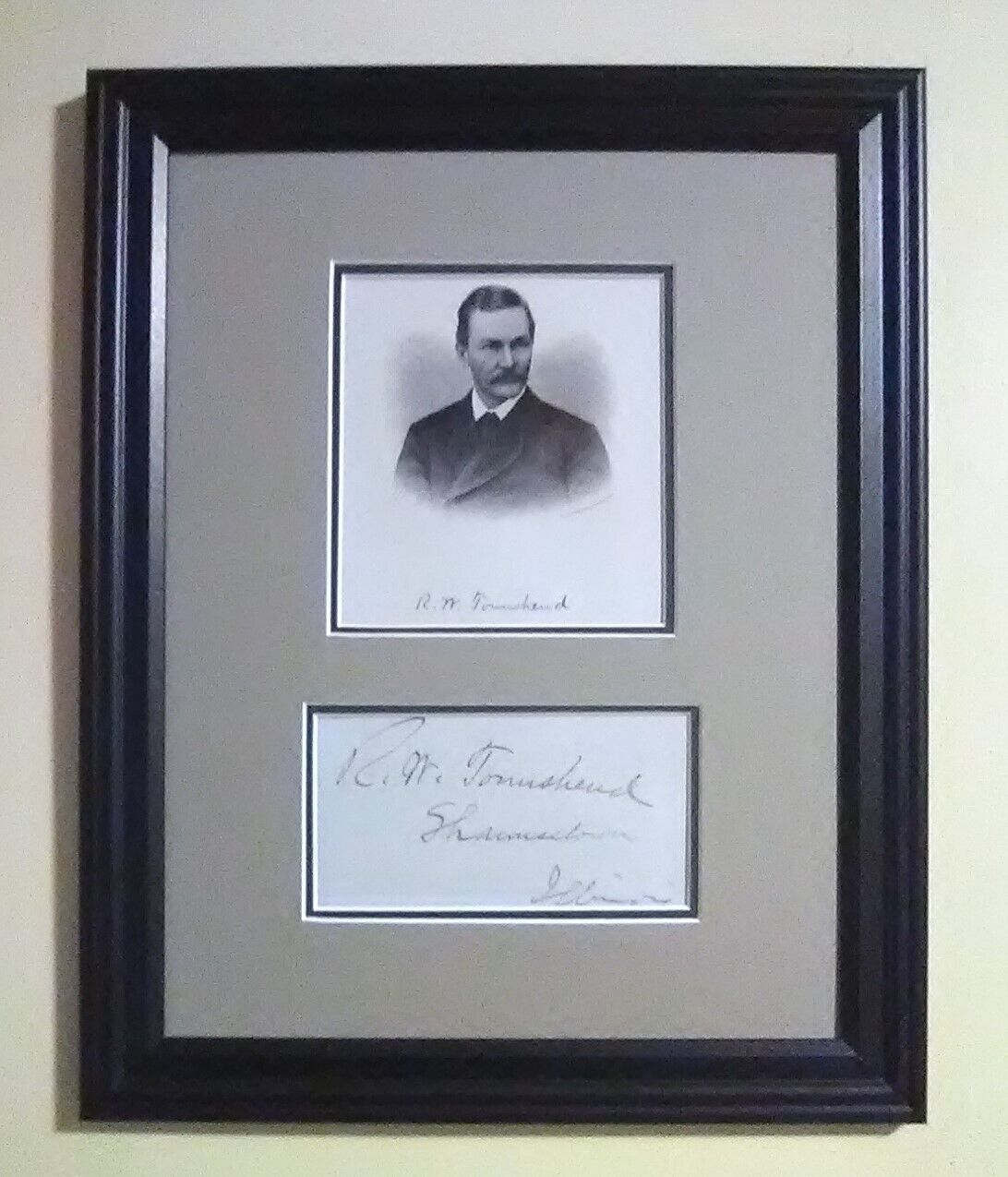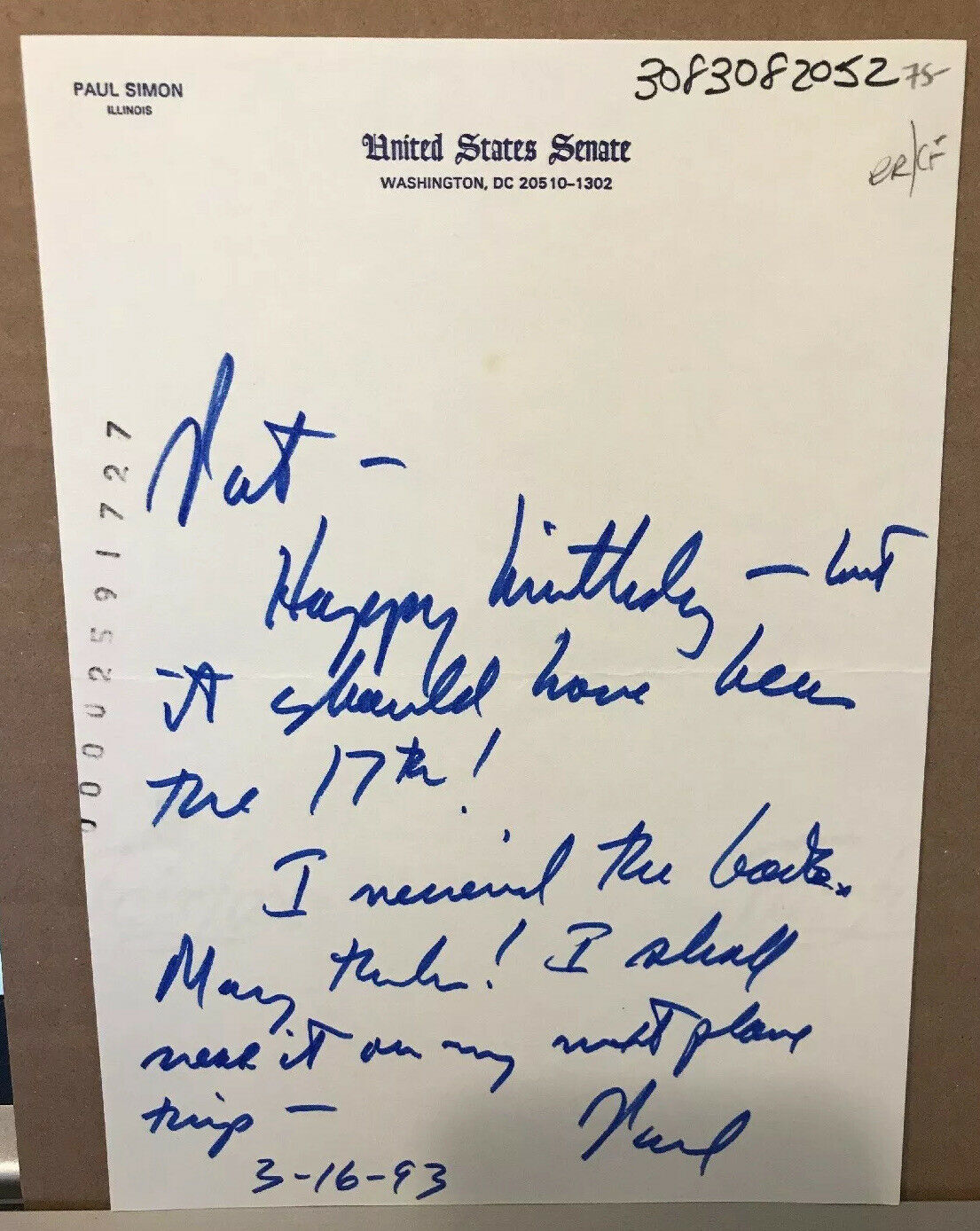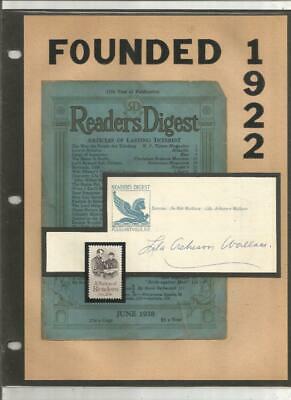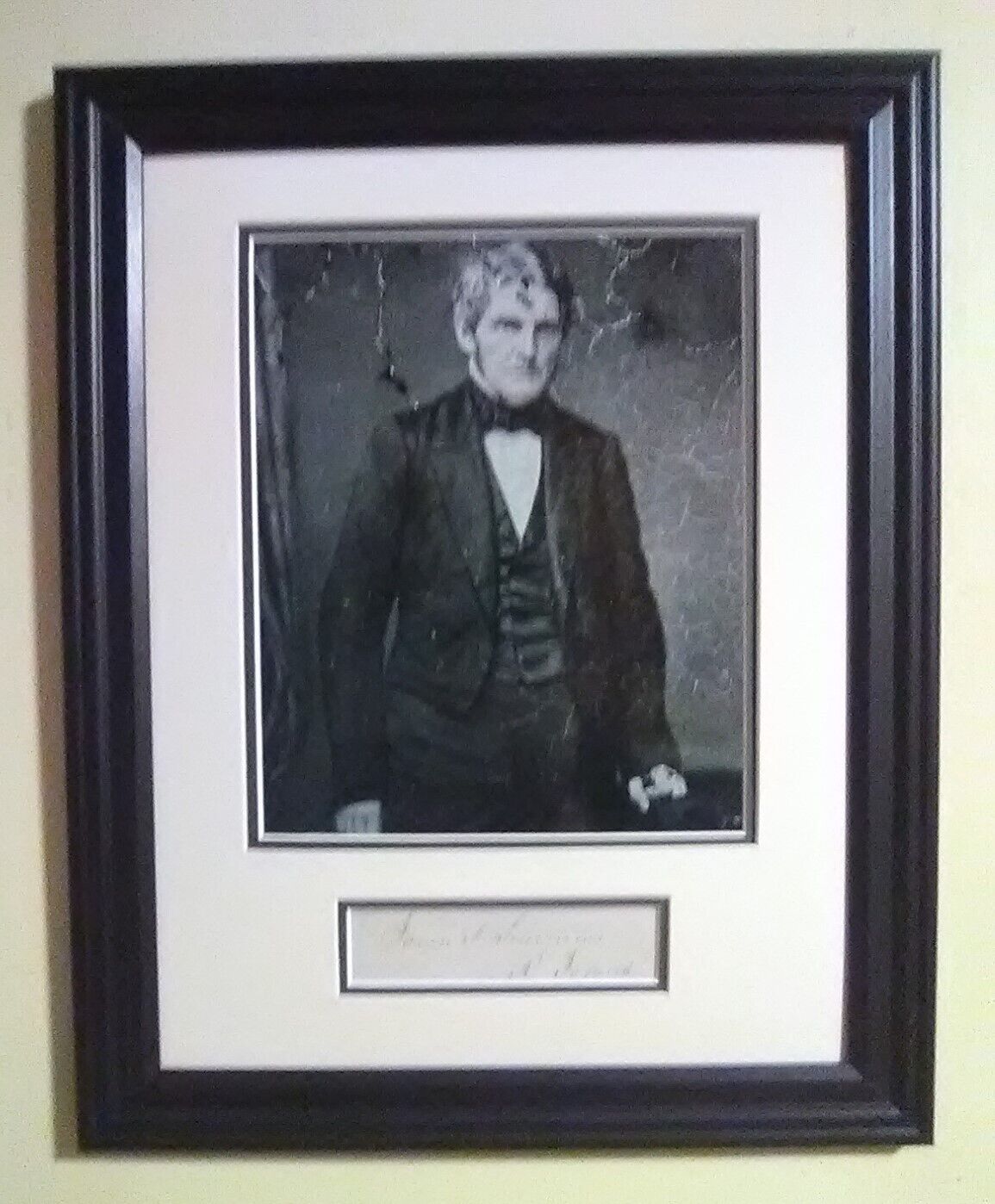-40%
Enola Gay Lithograph signed by.. Pilot, Paul Tibbets! Hiroshima Atomic bomb....
$ 39.6
- Description
- Size Guide
Description
LITHO SHOWN IS SIGNED BY 3 MEN. I DO NOT HAVE A SCAN OF THIS PIECE...BY TIBBETS ALONE THAT I AM OFFERING HERE. If you mentally take away the 3 sigs thT YOU SEE ON THIS PHOTO EXAM\PLE, and see what the Tibbets signature is from the 2nd photo, then this will be your piece. Tibbets signed over the description, as you can see, along with his position. No other sigs on this piece for sale...just his, as you see it. I apologize for this lengthy "walk through"!!!!......I took a photo of the actual sig on the actual litho that you will be getting, so...rest assured...THIS is the one you will get.
Comes with a free unsigned copy of the Enola Gay's flight log during the Hiroshima flight!!!!!!!!! Watch the mission unfold, right in front of you !!
Stunning 24 X 18 litho by H.Copic of the Enola Gay turning tail from Hiroshima after dropping the world's 1st Atomic Bomb, on 6 August 1945. Printed on 100# paper! Signed at a signing/tour, back in 1990 with an Aviation Book company in Ohio. These all come un-numbered, but, after speaking with the original signing promoter, it was mentioned that there were no more that 900+ pieces signed. From ChildrenoftheManhattanProject.org......... Enola Gay crew mwmbers on the flight.... Paul W. Tibbets, Jr. Aircraft Commander Robert A. Lewis Co-Pilot Theodore J. Van Kirk Navigator Thomas W. Ferebee Bombardier William S. Parsons Weapon Officer Morris R. Jeppson Weapon Test Officer Jacob Beser Radar Countermeasures Wyatt E. Duzenbury Flight Engineer Richard H. Nelson Radio Operator Joseph S. Stiborik Radar Operator George R. Caron Tail Gunner Robert H. Shumard Asst. Engineer/Scanner By Sunday, August 5, 1945, everything was ready. The clouds that had hung over Japan's home islands for a week were clearing. Tomorrow would be the day. Please "click" here for complete mission timeline! Aircraft 44-86292 had not yet been named. Tibbets got a painter to brush "ENOLA GAY" in bold black capitals just below the pilot's window on the aircraft's port side. It was his mother's maiden name and Paul Tibbets's way of honoring her for standing by his side in an often rocky early career. Just after noon that Sunday, the Mk-1 atomic bomb--nicknamed Little Boy, in spite of its ten-foot-length, two-foot-diameter, and four-and-a-half-ton weight--was removed from its heavily guarded assembly hut on Tinian's North Field and loaded into the modified bomb bay. Tibbets watched every move and recalls thinking in disbelief that this single bomb was claimed to have the explosive power of two hundred thousand of the 200-pound bombs he had dropped over Europe and Africa three years before. But so far, Tibbets was the only member of the 509th to know that secret. A few of the others would have to be told before day's end. Besides the Enola Gay, six other aircraft were to participate in the mission. Three were weather planes to be dispatched ahead of the others. Straight Flush, commanded by Claude Eatherly, would be on her way to Hiroshima; Jabbitt III (no Photo available), with John Wilson in charge, would fly to Kokura; and Full House, piloted by Ralph Taylor, would head for Nagasaki. Hiroshima was the prime target, but if clouds prevented visual sighting of landmarks, Kokura and Nagasaki were potential alternate targets. Charles Sweeney's The Great Artiste and George Marquart's unnamed aircraft No. 91 (later named Necessary Evil) carried cameras and special instrumentation and were to escort the Enola Gay to her target. The seventh and final aircraft in order of takeoff would be Top Secret, piloted by Chuck McKnight. He was to fly only as far as Iwo Jima, to stand by as needed. Note: For a complete listing of more than 80 photos of the 509th, "click" here! That evening the seven crews taking part in the mission gathered for the preflight briefing shortly after supper. Later, at 11:00 P.M., the crews of the Enola Gay and the two planes that would accompany her to her target received a final briefing. This was the first time they were told the expected power of the bomb they would drop. They were stunned; but the enormity of the explosion explained those violent escape maneuvers they had been practicing immediately after bomb release, procedures they had all practiced to perfection. Tibbets had chosen Theodore "Dutch" Van Kirk as his navigator and Thomas W. Ferebee as his bombardier. Both had flown with Tibbets on bombing missions over Europe during the early years of the war. Other members of Enola Gay's crew were Robert A. Lewis, copilot; Wyatt E. Duzenbury, aircraft flight engineer; George R. "Bob" Caron, tail gunner; Joseph A. Stiborik, radar operator; Richard H. "Junior" Nelson, radio operator; Robert Shumard, assistant aircraft flight engineer; Jacob Beser, "Raven" operator / radar officer; Navy captain William S. "Deak" Parsons, weapons officer on loan from the Manhattan Project, which had built the bomb; and his assistant, Morris R. Jeppson, proximity fuse specialist. The names of all except the last three, whose functions were largely related to the bomb, would later be stenciled on the aircraft's side to chronicle their participation on this historic flight. Of the mission on which they were about to embark, Dick Nelson, a twenty-year-old kid on the crew at the time, today recalls, "You knew it was big, you just didn't want to mess anything up.... When we were in the air somebody said ... this bomb cost as much as an aircraft carrier.... Well, ... then you really get the monkey on your back." Just after 1:00 A.M., the crews drove a Jeep out to the flight line. When Dutch Van Kirk, then aged twenty-four, remembers that late-night scene with the aircraft lit up by spotlights, he thinks of a Hollywood premiere. Dick Nelson likens it to a supermarket opening, "Klieg lights and all kinds of photographers.... You're almost embarrassed." But as Dutch is quick to add, this scene had not been staged by news reporters. The Manhattan Project needed to document the event for history. For that purpose, New York Times science writer William L. Laurence, who had been given a leave of absence from his newspaper to write the official history of the atomic bomb effort, had just flown in that morning, though arriving too late to be included on the mission. Some of the men were excited or disturbed by all the attention. For Tom Ferebee, who seems imperturbable, "The only difference between that and other missions I'd flown was that there's an awful lot of people around the airplane and floodlights ... which I didn't expect.... There wasn't much excitement as far as I was concerned. It was just another mission." Van Kirk recalls the mission as, "Rather routine, really. And one of the reasons for it was it went exactly according to plan.... Any time you have a good plan and everything goes according to it, ... things do appear to be routine, and that's how our mission went." Takeoff took place as scheduled at 2:45 A.M. Tibbets held the aircraft at low altitude while Captain Parsons crawled back to arm the bomb. When they reached Iwo Jima, Tibbets circled the island to let the other two airplanes catch up, and with them on his wings, he gradually climbed to altitude. They had a seventeen-hundred-mile trip ahead to Hiroshima and the crew took turns napping. This would be a thirteen-hour-long round-trip mission, and for a while there was little to do. Claude Eatherly, whose plane had preceded them, reached Hiroshima, found the weather clear, and radioed back. Then he turned home. Hiroshima now was the target. As the Enola Gay approached the city, the crew could clearly see it from more than fifty miles away. Van Kirk recalls Ferebee making a long bomb run, probably eight or nine minutes, eventually setting his sights on the target, the landmark T-shaped Aioi bridge. He remembers thinking, "If we'd ever sat on a bombing heading like this over Europe for this long a time, they'd have really blasted us out of the sky. But there was no opposition." As the bomb dropped, the aircraft jumped, relieved of its weight, and Tibbets went into his sharp turn. Forty-three seconds later, as the bomb reached detonation altitude preset at 1,890 feet above ground, the sky lit up. Even with dark goggles over the crew's eyes, they felt as though someone had sparked a flashbulb in their eyes. The shock wave arrived another forty-five seconds later. This was the moment of truth. The aircraft rocked, but withstood the blast. The immediate danger was over. Meanwhile, the mushroom cloud was rising faster than anything any of them had ever seen, soon reaching an altitude of nine miles, three miles above their own cruising altitude. Down below, Nelson recalls, "The town was just a big mess of flame and dust." Van Kirk says it "looked like a pot of bubbling tar." There wasn't much to be discerned, so the three aircraft turned and headed for home. Nelson recalls their saying, on the way back, "that the war was over.... We couldn't see how they could possibly go on any longer ... with this device." Looking back, Ferebee says, "We don't think we should be glorified or the airplane be glorified. Just ... show what it did in that period of time. Things are much different now, and people look at things much different. But it's got to be considered in the time period that it happened." The Enola Gay's copilot, Bob Lewis, did consider it at the time. As the last entry in the log he had been asked to keep of the mission, he wrote, "My God!" The Hiroshima mission did not end the war. Despite the scale of destruction, the Japanese did not immediately give up. Nelson thinks, "It required something else, and that something was the second bomb.... The second bomb was a necessity.... It did show that we had more than one weapon." He feels that the bomb dropped on Nagasaki "worked--because three days later they did concede defeat." IF ANY OF YOU HAVE A "MILITARY NUT" IN THE FAMILY...OR...WANT TO PASS ON A PIECE OF HISTORY TO "THE NEXT GENERATION"...THIS IS THE PIECE!!!! ONE OF THE BIGGEST EVENTS OF THE 20TH CENTURY!! SIGNED BY THE MAN WHO MADE IT HAPPEN !!! Also...a perfect item for display in the history class at your favorite school or university.
Beautiful pastel colors on this high quality lithograph. These lithos are being sold at .00, and more, each...every day...not "once in a while". Don't miss this historical opportunity!!
UACC Reg Dealer #200. Shipped in a sturdy mailing tube. Buyer pays .95 shipping/insurance.
Foreign extra...Please ask for overseas shipping rates. I thank you!!
Powered by SixBit's eCommerce Solution
Track Page Views With
Auctiva's FREE Counter
